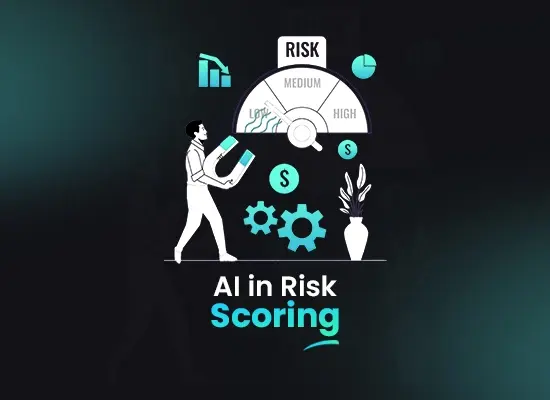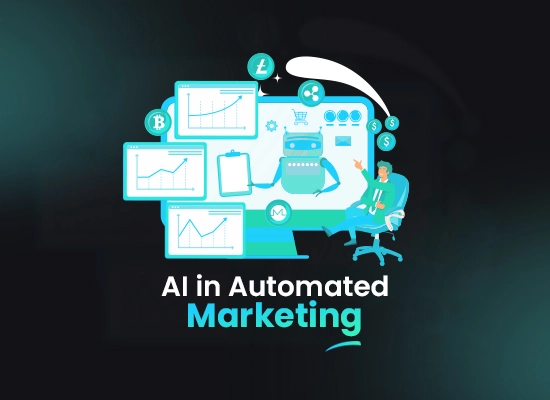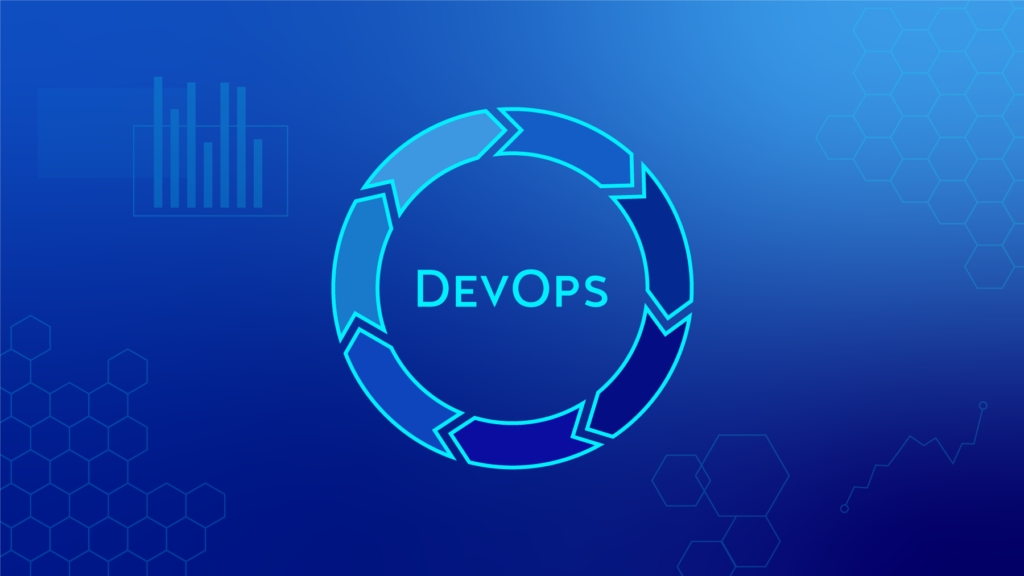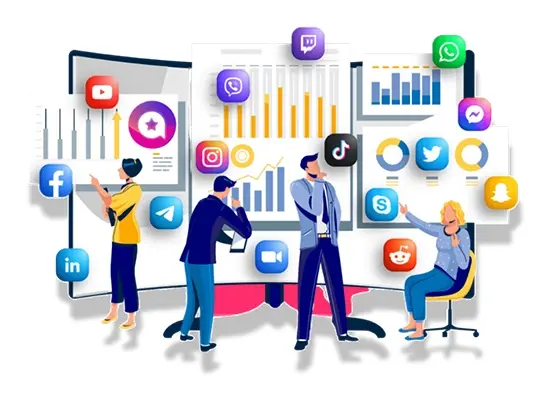What is Artificial Intelligence (AI)? Best User Guide To Know AI in Depth
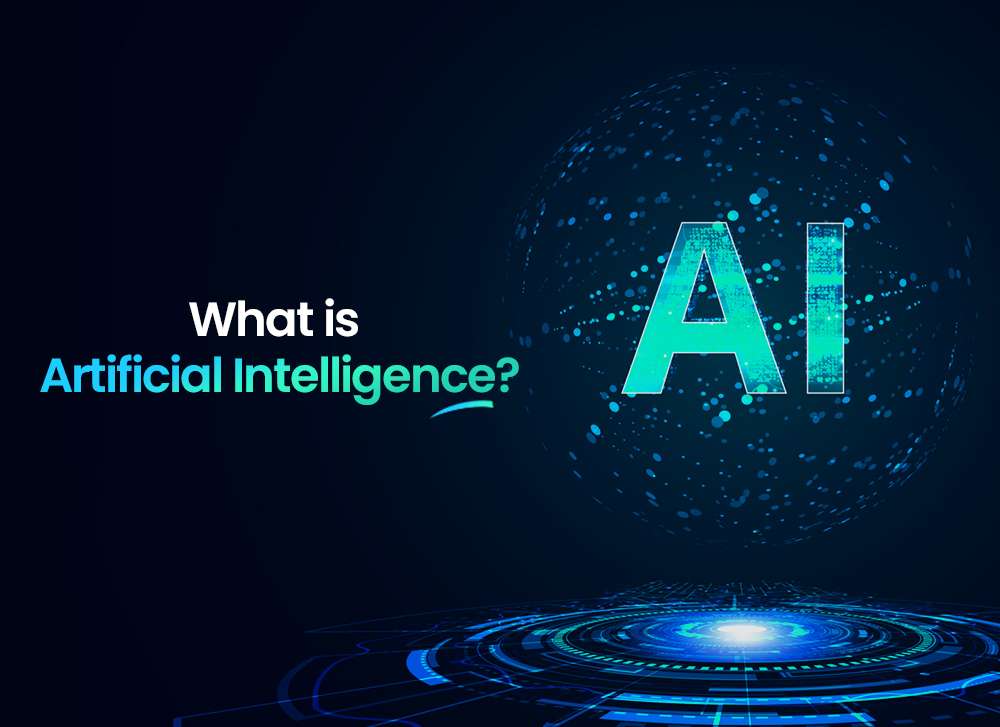
Introduction
Artificial intelligence (AI) is the capacity of a computer or robot under computer control to carry out operations typically performed by intelligent entities. The phrase is commonly used to describe the endeavour of creating artificial intelligence systems that include human-like cognitive functions, like reasoning, meaning-finding, generalisation, and experience-based learning.
It has been shown that computers are capable of performing extremely complicated jobs, including finding proofs for mathematical theorems or playing chess, with remarkable proficiency ever since the digital computer was developed in the 1940s. Nevertheless, despite ongoing improvements in computer memory and processing power, no software can yet fully mimic human adaptability over a larger range of areas or in jobs requiring a great deal of common knowledge.
However, in certain limited applications, such as medical diagnosis, computer search engines, voice or handwriting recognition, and AI chatbots, artificial intelligence has evolved to the point where some programmes can perform at the same levels as human experts and professionals.
Both the top-down and bottom-up strategies were pursued concurrently during the 1950s and 1960s, and both produced notable, albeit constrained, outcomes. However, bottom-up AI was disregarded during the 1970s, and it wasn’t until the 1980s that this strategy gained popularity once more. Both strategies are used today and are considered to have their challenges.
Symbolic approaches function well in simplified environments but usually collapse in real-world scenarios; bottom-up researchers, meanwhile, have failed to duplicate the neural systems of even the most basic organisms. About 300 neurons in the well researched worm Caenorhabditis elegans have a well-understood pattern of interconnections. Nevertheless, not even this worm can be replicated by connectionist models. It seems that connectionist theory’s neurons are glaring oversimplifications of the actual thing.
To put it another way, an artificially intelligent machine mimics human thought processes. By recognising patterns and trends, artificial intelligence (AI) systems are able to make their own decisions on how to best complete tasks. This process is known as “machine learning.” In addition to being able to distinguish faces, things, and sounds, they can also take written and verbal directions, learn from their experiences, and perform a wide range of tasks using their sensory apparatus.
Data scientists and engineers programme the majority of artificial intelligence agents using algorithms that allow them to search through massive information and find patterns. They can successfully complete their jobs and learn how to react to the outside environment thanks to these patterns.
Why is Artificial Intelligence (AI) important for Industries and Businesses now?
However, as the twenty-first century goes on, artificial intelligence is already a part of our daily lives in our public areas, businesses, and homes. We are progressively constructing our environment around machine learning, from the suggested material on your social media feeds to the identification of uncommon diseases in hospitals across the globe.
So why is artificial intelligence (AI) so crucial to technological advancement, and why are engineers and data scientists so enthusiastic about its future? We intend to address all of those issues and more in this piece on the enormous potential artificial intelligence (AI) has to raise living standards, change the way we work, and advance humankind.
Challenges faced by Industries and Businesses without Artificial Intelligence Integration
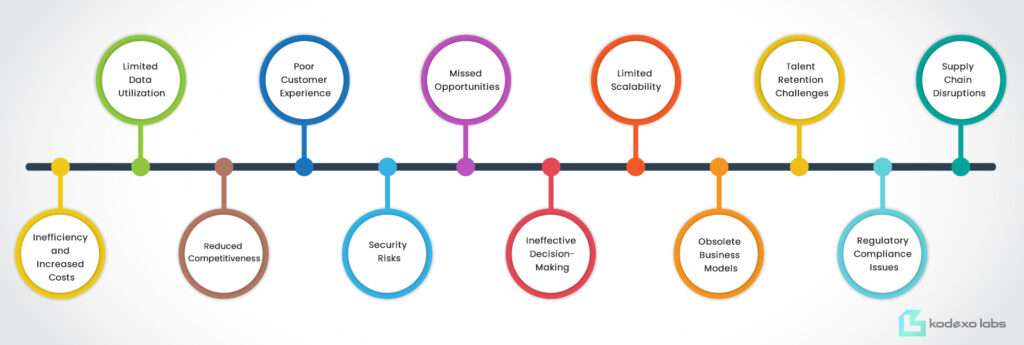
Industries and businesses that do not implement Artificial Intelligence solutions may face several challenges that could impact their competitiveness, efficiency, and overall success. Here are some common problems associated with not adopting Artificial Intelligence:
1. Inefficiency and Increased Costs
- Lack of automation leads to manual and time-consuming processes.
- Human errors in repetitive tasks can result in increased operational costs.
2. Limited Data Utilization
- Failure to harness the full potential of available data.
- Inability to derive valuable insights from data for strategic decision-making.
3. Reduced Competitiveness:
- Falling behind competitors who leverage Artificial Intelligence for improved products or services.
- Inability to adapt quickly to market changes and customer demands.
4. Poor Customer Experience:
- Inability to personalize products or services based on customer preferences.
- Limited ability to provide real-time and personalized customer support.
5. Security Risks:
- Vulnerability to cyber threats and data breaches due to inadequate security measures.
- Inability to detect and respond to security incidents promptly.
6. Missed Opportunities:
- Failure to identify new business opportunities through predictive analysis.
- Inability to capitalize on emerging trends and technologies.
7. Ineffective Decision-Making:
- Lack of data-driven insights hinders strategic decision-making.
- Relying on intuition rather than objective analysis may lead to suboptimal choices.
8. Limited Scalability:
- Difficulty in scaling operations due to reliance on traditional, labor-intensive methods.
- Inability to handle growing volumes of data and transactions efficiently.
9. Obsolete Business Models:
- Resistance to change may result in outdated business models.
- Inability to adapt to evolving market dynamics and technological advancements.
10. Talent Retention Challenges:
- Difficulty in attracting and retaining top talent due to a lack of innovative technologies.
- Inability to provide employees with opportunities for skill development in emerging technologies.
11. Regulatory Compliance Issues:
- Failure to implement Artificial Intelligence responsibly may lead to regulatory compliance challenges.
- Lack of transparency and accountability in Artificial Intelligence (AI) systems can pose legal and ethical risks.
12. Supply Chain Disruptions:
- Inability to optimize and predict supply chain processes may lead to disruptions.
- Difficulty in managing inventory efficiently and responding to demand fluctuations.
In conclusion, sectors and enterprises may face a variety of operational, strategic, and competitive setbacks if they choose not to employ AI technologies. Adopting Artificial Intelligence (AI) technologies can assist in addressing these issues and open up fresh doors for development and creativity.
Seamless Collaboration | Cost-Efficient Solutions | Faster Time-to-Market

Seamless Collaboration | Cost-Efficient Solutions | Faster Time-to-Market

The Evolution of Artificial Intelligence (AI)
Because current advancements in the field of artificial intelligence are happening so quickly that it’s difficult to stay up, it feels like the landscape of Artificial Intelligence (AI) is changing quickly.
In fact, artificial intelligence (AI) is influencing almost every industry and determining the course of human history. In addition to generative AI development, which is gaining popularity because to tools like ChatGPT and AI art generators, it is already the primary force behind developing technologies like big data, robots, and the Internet of Things. And for the foreseeable future, it will keep innovating in the field of technology.
Approximately 44% of firms want to incorporate Artificial Intelligence (AI) into their operations and make significant investments in the technology. Furthermore, Artificial Intelligence (AI) accounted for 2,300 of the 9,130 patents that IBM inventors were awarded in 2021. The way Artificial Intelligence (AI) affects computers has a part in its impact on technology. With artificial intelligence (AI), computers can leverage vast quantities of data and apply their acquired knowledge to quickly arrive at the best conclusions and make decisions in a fraction of the time it would take for humans.
Since 1951, when Christopher Strachey’s checkers programme at the University of Manchester’s Ferranti Mark I computer finished a whole game, artificial intelligence (AI) has advanced significantly. Since then, artificial intelligence (AI) has helped with tasks like modelling human speech and sequencing RNA for vaccines. These applications of artificial Intelligence (AI) rely on model- and algorithm-based machine learning and increasingly emphasise perception, reasoning, and generalisation. Artificial Intelligence (AI) has reclaimed the spotlight like never before thanks to advancements like these, and it has no intention of letting up anytime soon.
Benefits of Artificial Intelligence (AI) in Businesses
Applications of artificial intelligence (AI) in business and industry are numerous and range from increasing decision-making processes to optimizing operational efficiency. Efficiency, error-proof operation, higher productivity, improved output, and other improvements are made possible by artificial Intelligence (AI). The following are a few uses for artificial intelligence (AI):
- AI in Predictive Analytics – Artificial Intelligence (AI) algorithms analyze historical data to predict future trends and outcomes, assisting businesses in making informed decisions about market trends, customer behavior, and demand forecasting.
- AI in Customer Service Chatbots – AI-powered chatbots provide instant and personalized customer support, handling routine queries, and allowing businesses to improve customer service efficiency.
- AI in Supply Chain Optimization – Artificial Intelligence (AI) is used to optimize supply chain processes by predicting demand, identifying potential disruptions, and improving inventory management, leading to cost reduction and improved efficiency.
- AI in Fraud Detection and Prevention – Artificial Intelligence (AI) algorithms analyze patterns and anomalies in financial transactions, helping businesses detect and prevent fraudulent activities in real-time.
- AI in Personalized Marketing – AI analyzes customer data to create personalized marketing campaigns, delivering targeted content and recommendations based on individual preferences and behaviors.
- AI in Employee Recruitment and HR – Artificial Intelligence (AI) streamlines the recruitment process by analyzing resumes, conducting initial candidate screenings, and identifying suitable candidates. AI also assists in employee onboarding and HR analytics.
- AI in Process Automation – Robotic Process Automation (RPA) powered by AI automates repetitive and rule-based tasks, freeing up human resources for more strategic and creative activities.
- AI in Sales Forecasting – Artificial Intelligence (AI) helps businesses predict sales trends by analyzing historical data, market conditions, and external factors, assisting in strategic planning and resource allocation.
- AI in Voice and Speech Recognition – AI enables voice-based interactions, facilitating voice assistants in customer service, voice commands in smart devices, and transcription services, improving overall communication efficiency.
- AI in Sentiment Analysis – AI algorithms analyze social media, customer reviews, and feedback to gauge public sentiment regarding products or services, helping businesses understand and respond to customer opinions.
- AI in Healthcare Diagnostics – Applications of Artificial Intelligence (AI) in healthcare analyze medical data, images, and patient records to assist in disease diagnosis, treatment planning, and personalized medicine.
- AI in Quality Control in Manufacturing – AI-powered systems inspect and analyze products in real-time during the manufacturing process, ensuring high-quality standards and reducing defects.
- AI in Energy Management – Artificial Intelligence (AI) optimizes energy consumption in industries by analyzing data from sensors and devices, enabling efficient energy usage and cost reduction.
- AI in Financial Fraud Prevention – AI algorithms detect unusual patterns in financial transactions, helping financial institutions prevent fraud by identifying and blocking potentially fraudulent activities.
- AI in Autonomous Vehicles and Logistics – Artificial Intelligence (AI) technologies such as machine learning and computer vision enable autonomous vehicles and drones to navigate, optimize routes, and deliver goods, enhancing efficiency in logistics and transportation.
These uses demonstrate how adaptable AI is to distinct business opportunities and difficulties in diverse industries. The potential impact and scope of artificial intelligence AI applications are expected to grow as technology develops.
How did Kodexo Labs play its part in delivering Artificial Intelligence (AI) based solutions
In the fast growing need for artificial intelligence (AI) in businesses, Kodexo Labs, a well-known custom AI software development company, made an impact by developing its own AI based products. It is Kodexo Labs’ belief that every industry can benefit from AI based technologies and also that the implementation of such technologies be made in the smoothest way for businesses to integrate. Kodexo Labs tries to bridge the gap between technology and businesses for increased productivity and achieve a characteristic change.
Your Teacher AI
Kodexo Labs’ Your Teacher AI is a cutting-edge language learning programme created for popular American YouTuber Xiaomanyc and his more than 5 million subscribers. It exemplifies how dynamic, captivating, and effective language training can be provided using Artificial Intelligence (AI) and Machine Learning technologies. It rethinks how users engage with language-learning materials and acquire new languages. Your Teacher AI aims to overcome these problems by using cutting-edge artificial intelligence (AI) technology to create an engaging, unique, and immersive language learning experience.
The user experience is improved by its sophisticated vocabulary monitoring, customisable Teacher’s Setting, and reading comprehension skills. A thorough history of development is provided by the review feature, and deep language comprehension is promoted by the dynamic combination of interaction and education.
Your Teacher AI not only enhance language learning but also facilitate personalized feedback, allowing users to refine their pronunciation and fluency. With its superior reading comprehension skills, the AI tutor improves language acquisition and makes it possible to comprehend a variety of texts in a sophisticated way. Students gain from focused instruction, understanding difficult texts, and increasing their vocabulary. This feature fosters a more thorough understanding of cultural contexts in addition to language acquisition, resulting in a more thorough and engaging learning process. By encouraging users to participate in interactive conversations and share ideas, the artificial intelligence (AI) instructor fosters critical thinking skills. Learners can delve into a variety of themes and develop a deeper understanding of a range of subjects while refining their language abilities via lively interactions. This interactive method fosters intellectual development in addition to improving language ability, making learning interesting and fulfilling.
PaperJam
PaperJam is a cutting-edge artificial intelligence (AI) web application that effortlessly integrates big language models to transform document interaction. This ground-breaking technology sets a new standard for ease of use and efficiency while providing users with a sophisticated and intuitive experience with PDF documents, signifying a significant leap in the field of document interaction. With PaperJam, users can now handle intricacies with never-before-seen simplicity, transforming the way people interact with their documents.
PaperJam’s file management features make it simple for users to upload and arrange PDF documents. Users may keep their workspace organised and productive by using the simple file deletion option, which makes document interaction more efficient. This feature encourages simplicity and order in the processing of documents. PaperJam’s user accounts and authentication system enable users to establish customised profiles that are suited to their individual requirements. With the magic link function, users may sign up easily and without a password, adding even more ease. This makes the programme more accessible overall and guarantees a safe but easy-to-use experience. PaperJam’s Export to PDF tool enables customers to store and retrieve their notes whenever it’s convenient for them. This helps to better organise important data in addition to facilitating effective information retrieval. An additional degree of freedom is provided by the smooth export feature, which makes it simple for users to review and use their notes as needed.
Moreover, Kodexo Labs is currently developing projects for AI in Healthcare, Education, Automotive and Realstate. With the continuous rise in the need of artificial intelligence (AI), Kodexo Labs aims for expansion in further more industries.
Seamless Collaboration | Cost-Efficient Solutions | Faster Time-to-Market

Seamless Collaboration | Cost-Efficient Solutions | Faster Time-to-Market

The Future of Artificial Intelligence
Both “reinforcement” learning, which works with rewards and punishments rather than labelled data, and generative adversarial networks, or GANs for short, which enable computer algorithms to create rather than just assess by pitting two nets against each other, are home to some of the most fascinating AI research and experimentation that will have far-reaching effects in the near future. The former is demonstrated by the abilities of Google DeepMind’s AlphaGo Zero, while the latter is demonstrated by the creation of unique images or sounds that are predicated on knowledge of specific topics, such as celebrities or specific genres of music.
AI has the potential to significantly impact environmental challenges, climate change, and sustainability on a far larger scale. With the help of advanced sensors, maybe, cities will become less crowded, less dirty, and all around more livable. Naturally, a lot of attention has been paid to the fact that AI’s reliance on big data is already having a significant negative influence on privacy. Take a look at the antics of Cambridge Analytica on Facebook or the eavesdropping of Alexa by Amazon, just two instances of technology gone awry. The critics contend that things would worsen if appropriate legislation and self-imposed restrictions are not put in place. Tim Cook, the CEO of Apple, lambasted Google and Meta in 2015 for their avaricious data mining practices.
At this point, AI is unable to comprehend English completely. This demonstrates a key distinction between AI and humans today: AI is unable to translate and comprehend machine language in the same way that people can. On the other hand, AI systems would be able to read and comprehend everything that has ever been written if we ever get to the stage where AI can comprehend our languages.
Many prominent AI experts believe in a terrifying vision known as the “singularity,” in which extremely clever robots take over and irreversibly change human existence through enslavement or eradication (some more extreme than others). There may be “machines whose intelligence exceeds ours by more than ours exceeds that of snails,” according to the late theoretical physicist Stephen Hawking’s renowned theory, if AI starts programming AI better than human programmers. Elon Musk has stated that he thinks artificial intelligence poses the greatest threat to human survival. According to him, attempting to make it happen is akin to “summoning the demon.” He has even voiced worries that, despite his best efforts, his friend and Google co-founder Larry Page would unintentionally bring something “evil” into the world.
Conclusion
While we can make educated guesses about the future of artificial intelligence, we can also put questions directly to the chatbots. Ask ChatGPT, Bing, or Bard where it sees itself in ten years, treating them like enthusiastic young job applicants for your last project. Within the legal industry, GPT-4 is already competent enough to pass the bar test, and PricewaterhouseCoopers, an accounting firm, intends to introduce a legal chatbot powered by OpenAI to its employees.
Concurrently, businesses such as OpenAI, Google, and Meta are developing systems that enable you to instantaneously create images and films by just stating your desired content. Some businesses are developing bots that can operate software and websites much like people. As technology advances, artificial intelligence (AI) systems may be able to purchase Christmas presents online, hire individuals to perform light housework, and keep tabs on your monthly spending.
Some experts are mostly worried about short-term risks, such as the dissemination of false information and the possibility that individuals might rely on these systems to provide them with damaging or erroneous emotional and medical advice. However, some detractors belong to a sizable and powerful online group known as effective altruists or rationalists, who think that artificial intelligence (AI) has the potential to wipe off humanity in the future. The letter reflects this mindset.

